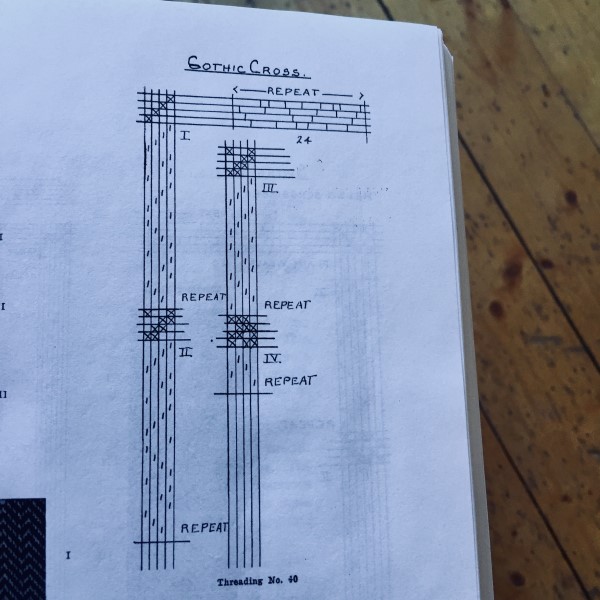



Inspired by lessons from the skilled and joyful Christine Novotny: a digital loom for your weaving pleasure.
I'm sorry to say that, for the moment, this tool works well on computers but not on phones.
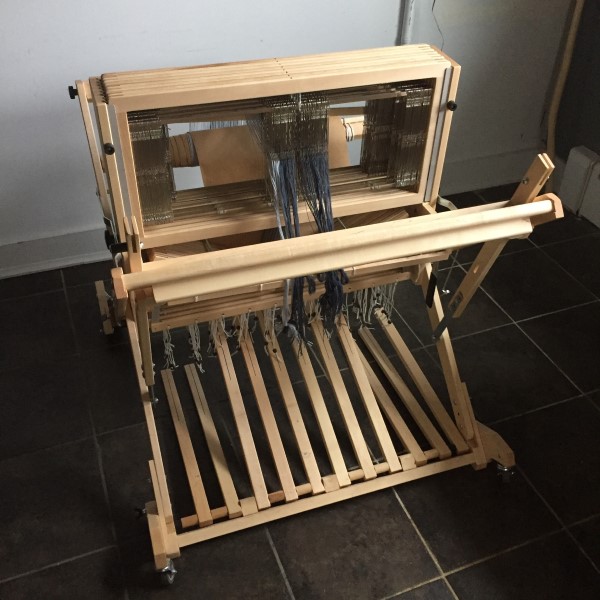
Above: a floor loom. Below: how a floor loom pattern works. Look: What a floor loom looks like in action.
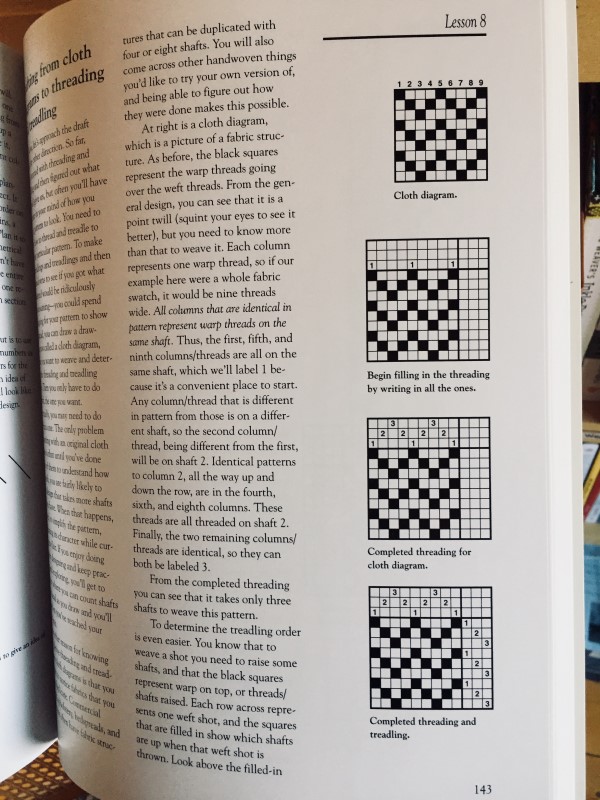
As you can see, there are four parts to a loom pattern. The checkerboard section is the actual pattern of the cloth. In this book, black squares are the warp (up-and-down) threads, while the white squares are the weft (side-to-side) threads. In our widget, the colors change each time you visit the page. You can tell which is which by looking at the colors of the numbers.
Speaking of the numbers, what the heck are those? Great question.

As you can see, there are three sections of numbers. The top section lays out how the warp is threaded through the frames. Here are the frames:

The first four warps I threaded on this loom (going from right to left) were through frame 1, then 2, 3, and 4.
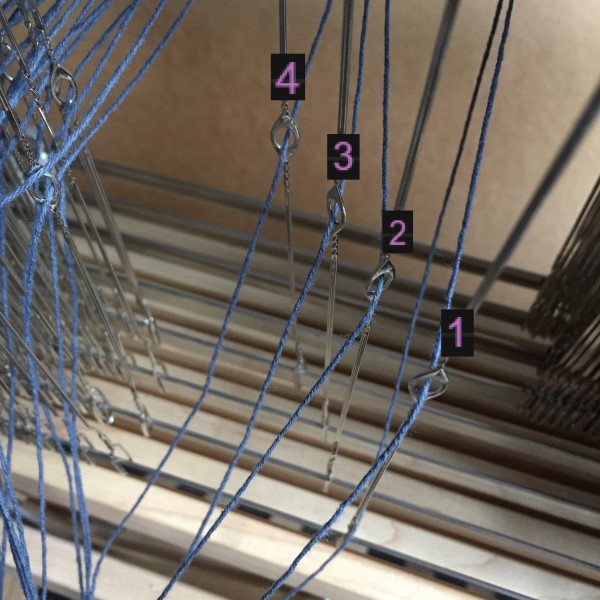
The top-right section of numbers determines which frames are tied to which treadles. The treadles are the pedals at the bottom of the loom. When you press down a treadle, it pulls up all of the attached frames. When frame 1 goes up, all the warp threaded through frame 1 go up with it, and the weft thread will go under all the warp in frame 1 while going over all the other threads. Don't worry - I know this sounds strange to your ears, but I promise your hands will love it.
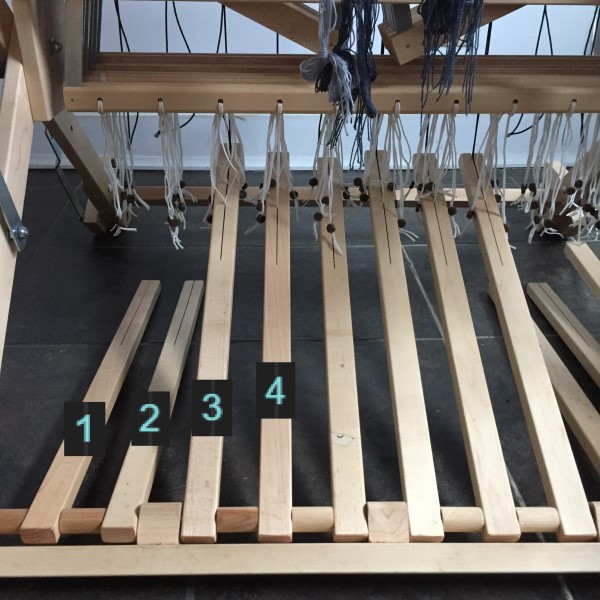
The right-hand section of numbers determines the order of treadles that will give you your pattern. (side note: in my widget all the sections are numbers, but you've surely noticed that Xs, Os, and tick marks are used in some of these pages. It works the same. To each their own.) Here's the pattern for a simple plain weave, which simply goes over-under-over-under.
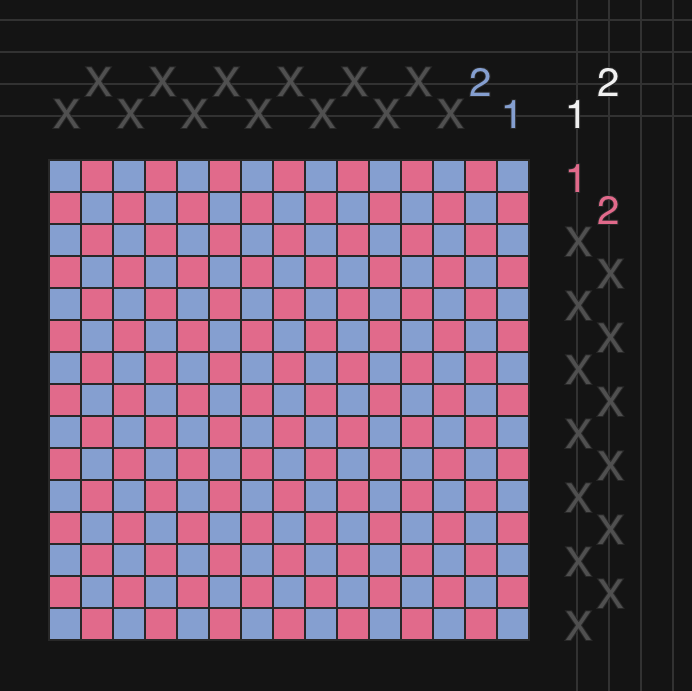
A close-up of my dear fanny pack reveals the result: a strong, simple weave, where every thread goes over-under-over-under-over...
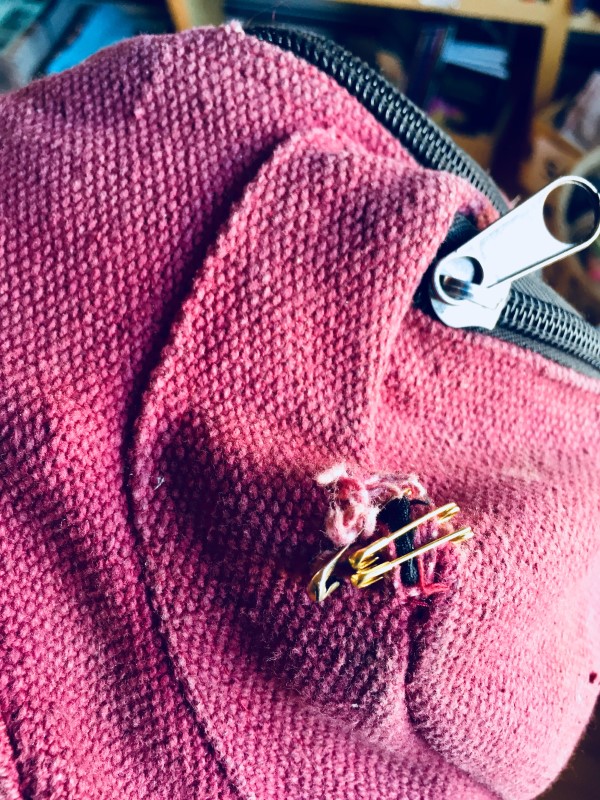
Another common weave is a twill, which you may recognize from your jeans, or your tweed jacket. (And you do have a tweed jacket, I hope?) Twill weaves are hard-wearing and tough.
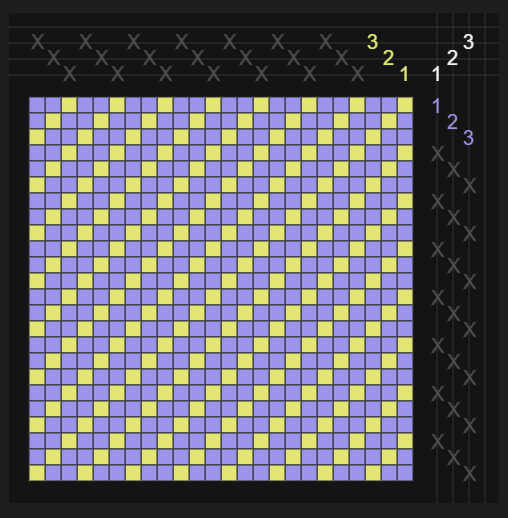
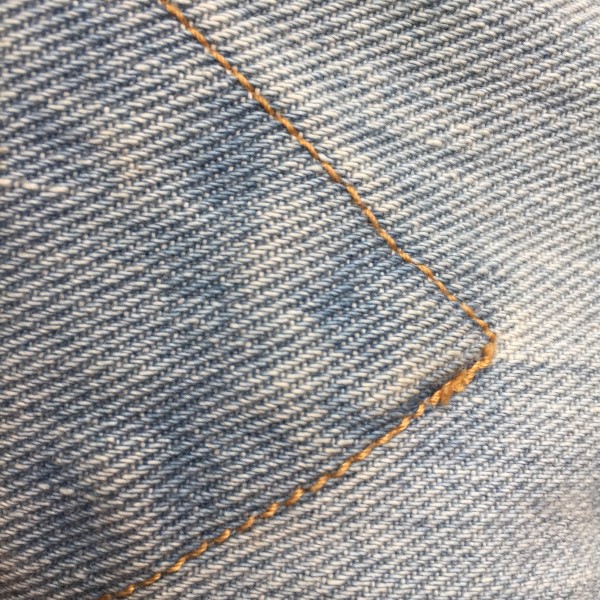
See if you can replicate a woven pattern from your closet, or maybe try out one of the patterns below. (What does a Gothic Cross look like, I wonder?)




